
Diagnosis, Wenckebach Squared?
Find out the solution to LITFL's most recent ECG Exigency, is the diagnosis Wenckebach? Wenckebach AV block SA block

Find out the solution to LITFL's most recent ECG Exigency, is the diagnosis Wenckebach? Wenckebach AV block SA block

Can you spot the "deliberate" mistake and solve the puzzle of this unusual ECG tracing? Wenckebach AV block SA block

Friedrich von Müller (1858-1941) was a German physician. Revered as ‘The Great Clinician’. Müller sign in aortic regurgitation (1889).
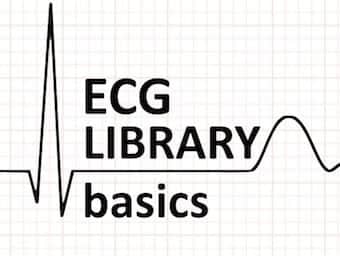
ECG Rule of Fours - aka ECG Interpretation Made Easy...On your arrival in the ER, the emergency intern casually throws you the ECG.
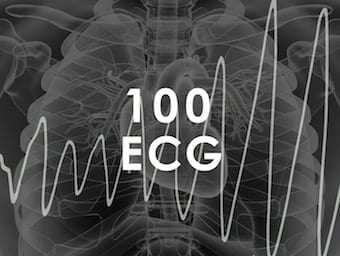
ECG of a 14yr old female who presents following an episode of palpitations and associated dizziness. Interpret her ECG using the Arruda algorithm
Wilhelm His Jr. (1863–1934) was a Swiss cardiologist and anatomist. Bundle of His (1893) - atrioventricular (AV) bundle
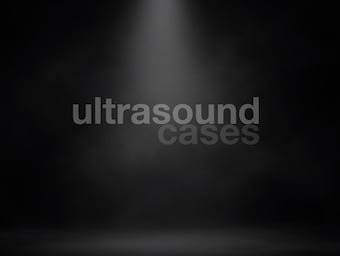
A 68 year old male presents 2 weeks post coronary artery bypass grafting. He describes continuing chest wall pain, increasing shortness of breath and poor exercise tolerance. You wonder whether this is a pericardial effusion have a look.
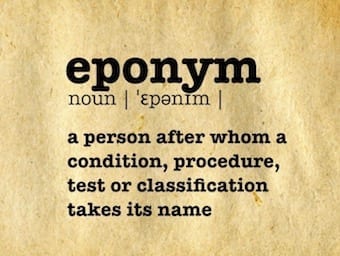
Thomas Cuming (1798 - 1887) was a North Irish physician renowned for works on aortic incompetence, cancum oris and peripneumonia in children.

Otto Heinrich Enoch Becker (1828-1890) was a German ophthalmologist, eponymous with Becker sign, and Becker test for astigmatism.

Corrigan pulse is the excessive visible arterial pulsations in aortic incompetence. Not to be confused with the palpated 'water-hammer pulse'.
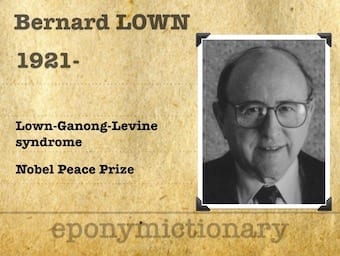
Bernard Lown (1921-2021) American cardiologist, activist and inventor. Developed DC cardioversion. Nobel Peace prize winner. Eponym: Lown-Ganong-Levine

A 56 year old woman presents with chest pain and shortness of breath. Her ECG demonstrates widespread precordial ischaemic change.